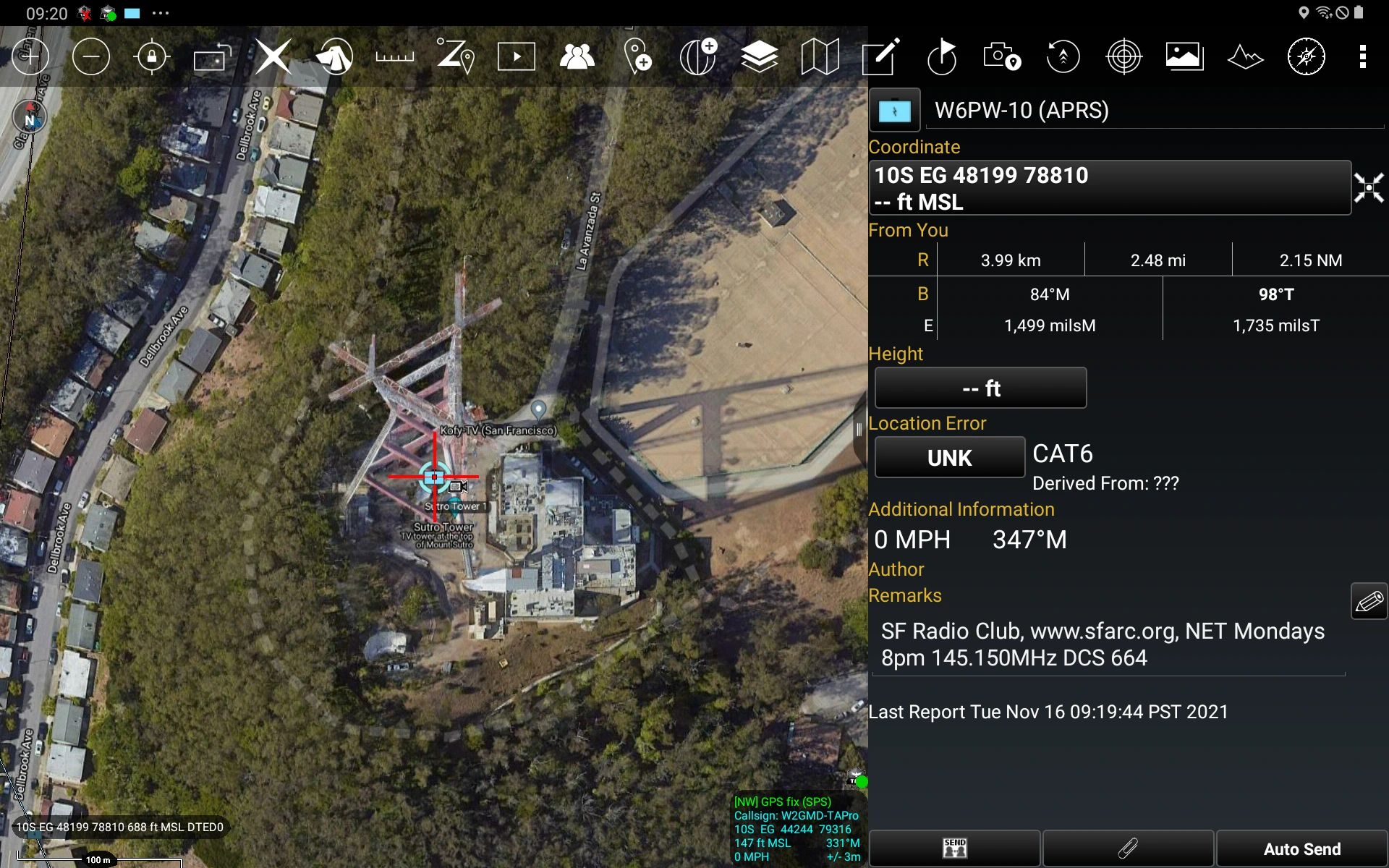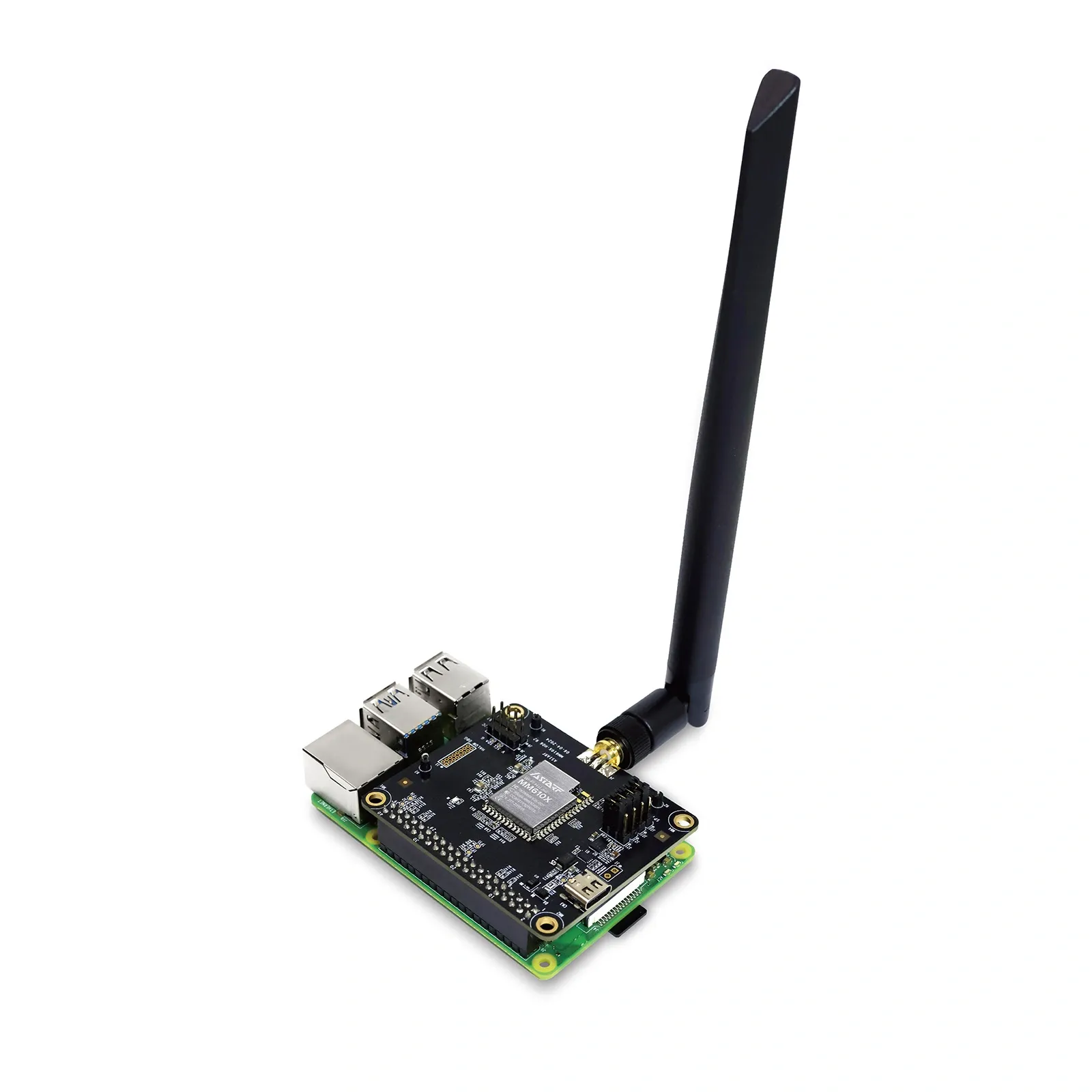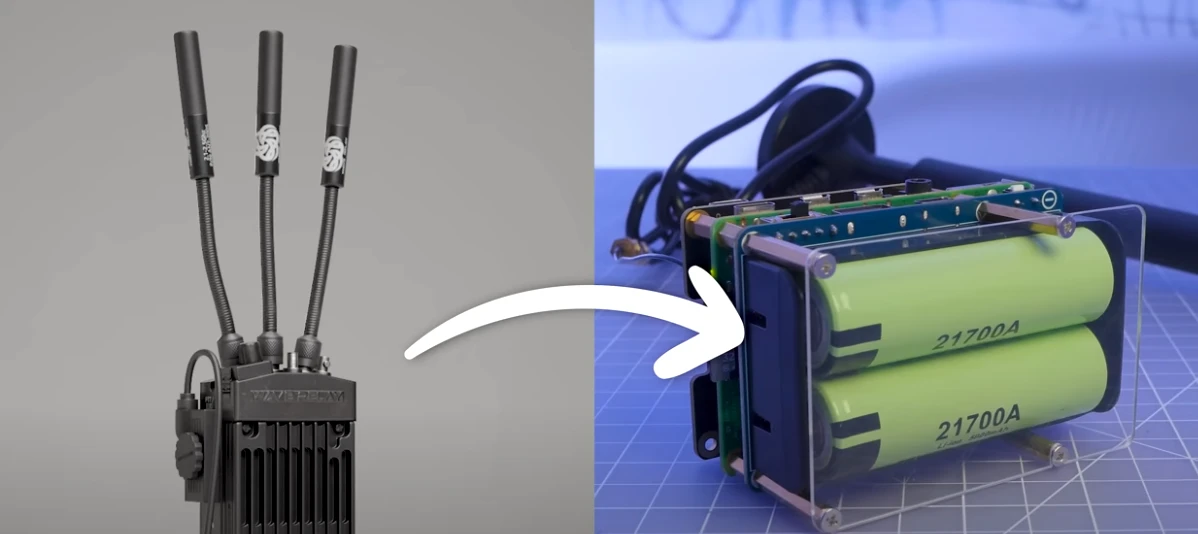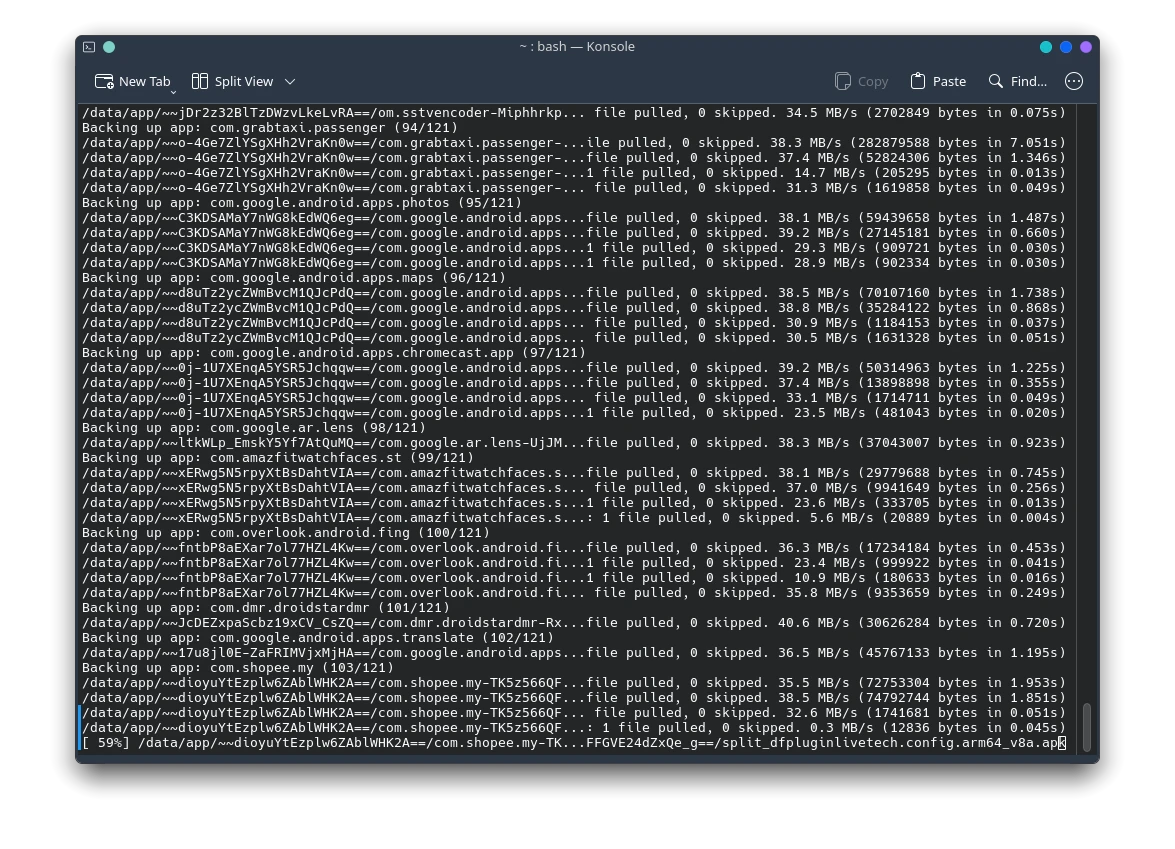android
android tactical assault kit
android team awareness kit
ATAK
tactical communications
AmateurRadio, APRS, aprsbridge, aprscot, ATAK, civtak, cot, cursorontarget, digitalmapping, disasterresponse, EmComm, emergencycommunication, fieldcommunication, hamradio, hamRadioApps, linuxradio, opensourcesoftware, publicservicecommunication, python, radioawareness, radiogateway, radiointegration, radiooperator, RadioSoftware, radiosystem, searchandrescue, situationalawareness, tacticalcomms, tacticaltracking, tak, WinTAK
9M2PJU
0 Comments
APRSCOT: Bringing APRS into the Tactical World
If you’ve ever worked with APRS, you know it’s a powerful system for tracking stations and sending small packets of info over ham radio. But what if you could take that same data and display it in a modern tactical environment like ATAK or WinTAK? That’s exactly what APRSCOT does—and it does it well.
So, What is APRSCOT?
APRSCOT stands for APRS to Cursor-on-Target. It’s a lightweight Python-based gateway that takes APRS packets—either from the air via a receiver or from APRS-IS—and converts them into Cursor-on-Target messages. Those CoT messages can then be sent to ATAK, WinTAK, or any TAK-compatible system.
In simple terms: your APRS station now shows up on a tactical map with all the other players, in real-time.
Why This is a Big Deal
For years, APRS and TAK existed in separate worlds—ham radio on one side, military and disaster-response tools on the other. APRSCOT changes that. It makes APRS data useful for teams that rely on modern digital situational awareness.
That includes:
- Search and rescue groups
- Emergency communication teams
- Amateur radio operators involved in field exercises
- Off-grid explorers using TAK for navigation
APRSCOT gives those teams the ability to see where everyone is without complicated setups or expensive gear.
How It Works
APRSCOT listens for APRS data—either from a live radio feed or the APRS-IS network—and then uses custom mappings to decide how each station appears on the TAK map. You can configure things like:
- What CoT icon each callsign uses
- Which stations are filtered in or out
- How long each station stays on the map before it’s considered stale
- Whether updates are sent over TCP, UDP, or multicast

You can even run it headless as a background daemon. It’s made for real deployments, not just tinkering.
Who Should Use It?
- Field operators running both radio and TAK
- Amateur radio clubs coordinating public events
- Tactical comms teams bridging analog and digital tools
- Anyone who wants APRS and TAK to finally speak the same language
APRSCOT isn’t a toy. It’s built for actual use in the field. It gives your radio-based tracking system modern map support, without needing to rip and replace your entire setup.
Getting Started
You can install APRSCOT on any decent Linux system using pip or a Debian package. The config is in plain text and easy to customize. Once it’s running, just point your TAK client to the IP and port where APRSCOT is broadcasting, and you’re live.
No cloud, no proprietary BS, and no unnecessary bloat. Just a clean bridge between APRS and TAK that works.
Final Thoughts
APRSCOT does one thing and does it right: it puts APRS on the map—literally. Whether you’re tracking volunteers in a disaster zone, coordinating a community event, or experimenting with TAK as a ham radio operator, APRSCOT gives you a way to bring those worlds together.







Post Comment